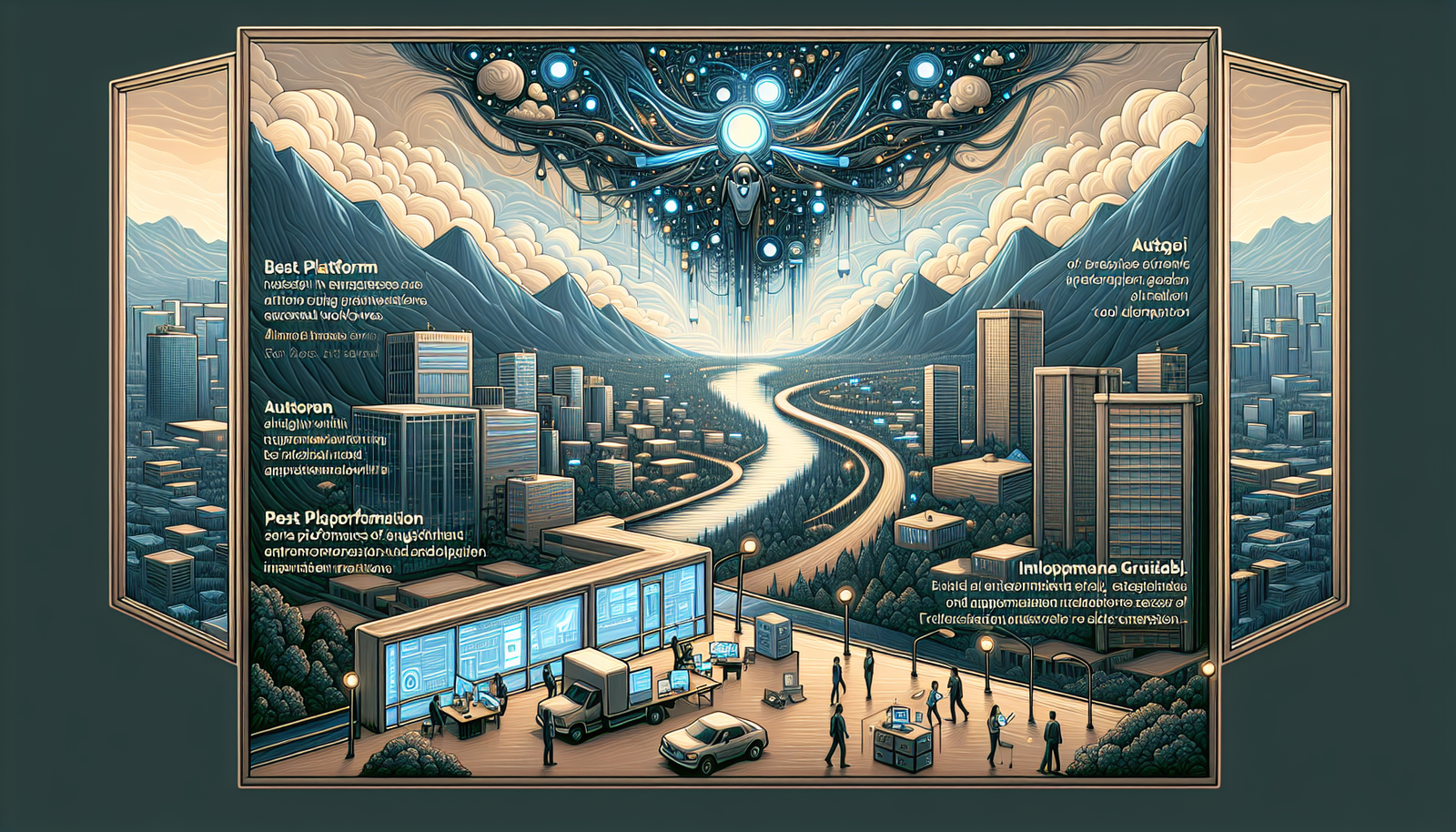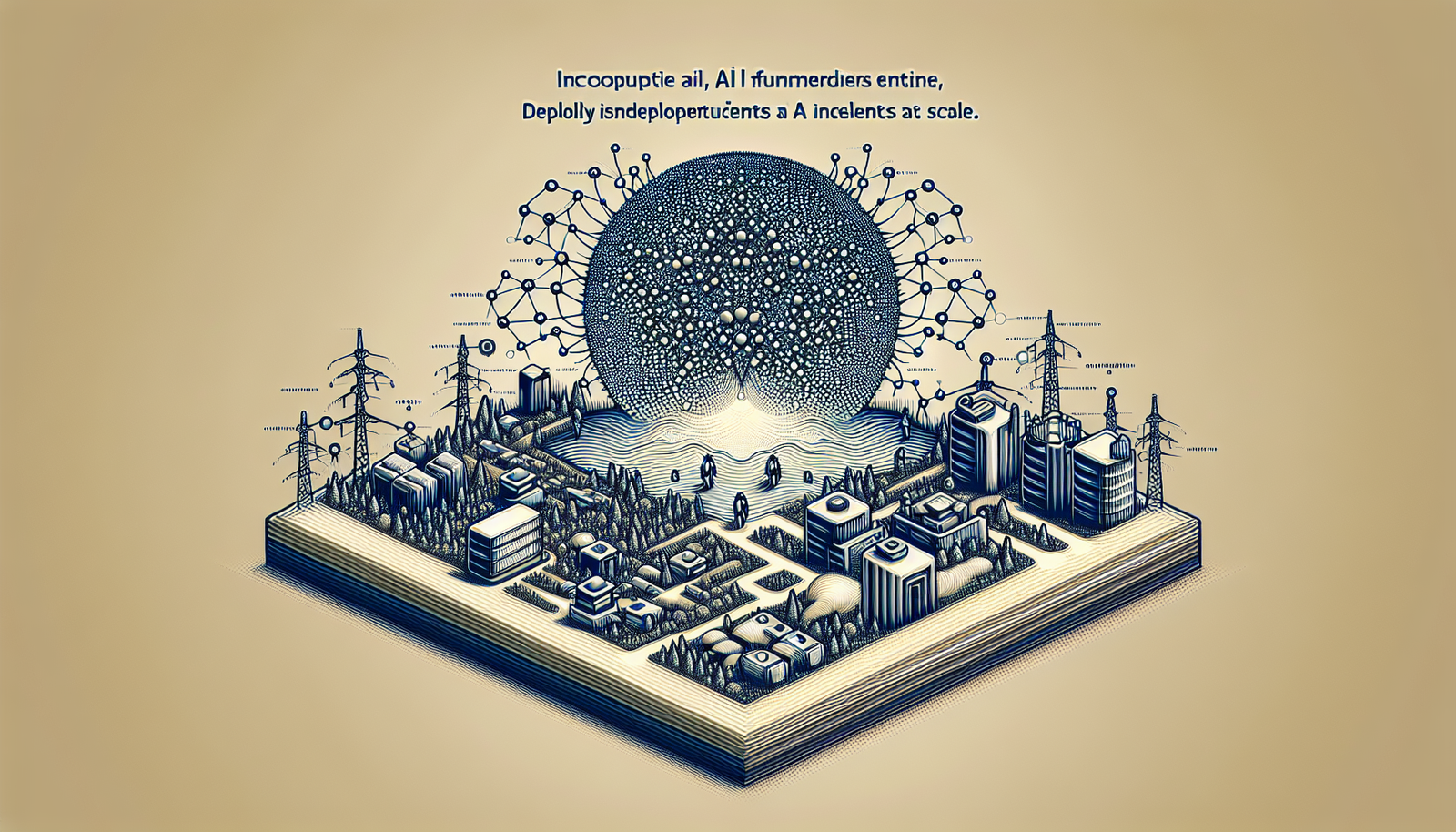Introduction: How to Deploy LangGraph, CrewAI & AutoGen
The era of autonomous AI agents is here—and frameworks like LangGraph, CrewAI, and AutoGen allow developers to orchestrate multi-step, multi-agent workflows with increasing ease and reliability. Whether building research assistants, content creators, or autonomous engineering bots, deploying these frameworks can drastically accelerate AI capabilities. In this guide, we walk through how to deploy LangGraph, CrewAI and AutoGen, with tactical insight into each.
Why AI agent orchestration matters
Single-agent applications are limited by context and scope. Multi-agent systems, coordinated through robust orchestration, enable persistence, collaboration, and adaptability—critical for real-world tasks like document analysis, customer support, or pipeline automation.
LangGraph, CrewAI, and AutoGen in context
Each framework serves a distinct purpose:
- LangGraph: Graph-based state transitions and long-chain workflows
- CrewAI: Role-oriented, multi-agent task assignments and coordination
- AutoGen: Conversational interactions between agents (and humans)
Understanding the Frameworks
LangGraph: Event-driven stateful graphs
Built atop LangChain, LangGraph enables developers to construct asynchronous workflows with memory and conditional logic. Agent paths are modeled as nodes and transitions, creating a deterministic or probabilistic graph of behavior. Ideal for stateful applications like multi-turn knowledge retrieval or code generation.
CrewAI: Structured collaboration with agent roles
CrewAI introduces the concept of agent roles—like researcher, writer, editor—allowing developers to formalize task hierarchies. Its lightweight abstraction over tools like OpenAI or local LLMs makes it useful for prototyping pipelines where agents simulate human workflows.
AutoGen: Conversational orchestration for agents
Microsoft’s AutoGen emphasizes agent conversation loops, including human-in-the-loop interactions. It supports tool usage, iterative context building, and message passing—ideal for open-ended evaluations or adversarial agent setups like debates or brainstorming.
Setting Up Your Multi-Agent Workflow
Define agent capabilities and tasks
Start by identifying what each agent will do. Roles might include:
- Planner: Determines task breakdowns
- Executor: Makes API calls or runs tools
- Verifier: Checks output correctness
Choose the right framework for your use case
Use LangGraph if your workflow relies on state and memory. Choose CrewAI for structured collaboration with clear demarcation between agent responsibilities. Select AutoGen for interactive or exploratory agent conversations.
Environment setup and basic installation
Installation is straightforward:
pip install langgraph
pip install crewai
git clone https://github.com/microsoft/autogen.git
cd autogen & pip install -e .Step-by-Step Deployment Examples
LangGraph: Implementing a graph-based research assistant
Design a research assistant by defining a directed acyclic graph with nodes for query parsing, source retrieval, summarization, and memory updates. LangGraph handles reactivity and rerouting when agents fail or need to re-ask questions.
CrewAI: Building an editorial pipeline with agents
Assign agents to roles: one scrapes topics, one drafts articles, another edits, and one fact-checks. CrewAI coordinates their role-specific prompts and tracks output transitions.
AutoGen: Simulating agent debates for evaluation
Set up two LLM agents with different objectives (e.g., pro vs. con). Use AutoGen’s conversation loops to simulate argument exchange until consensus—or deadlock—is reached. Capture rationale for downstream decision-making.
LangGraph vs CrewAI vs AutoGen: Pros and Cons
Feature comparison table
| Feature | LangGraph | CrewAI | AutoGen |
|---|---|---|---|
| Memory/State | ✅ | 🚫 | ✅ |
| Roles & Hierarchy | 🚫 | ✅ | Limited |
| UI Integration | Custom | CLI | Rich |
| Human-in-the-loop | 👎 | 👎 | ✅ |
Developer experience and integration
LangGraph supports LangChain modules directly, easing integration into existing LLM pipelines. CrewAI is simpler for non-programmers, while AutoGen, though powerful, requires managing detailed conversation architectures.
Scalability and use case suitability
LangGraph is preferred for production-level apps with state management needs. CrewAI suits startup-style rapid prototyping. AutoGen helps with experimental research or academic testing.
Conclusion: Best Practices for Production-Ready AI Agents
Monitoring and observability
Use logging and tracing tools. LangGraph allows audit logs with each transition. For CrewAI, configure logging handlers for role-level outputs.
Version control and runtime reliability
Pin LLM versions and maintain config repositories. For AutoGen, store message histories for reproducibility. Consider using Docker for controlled deployments.
Tips for hybrid deployment with humans-in-the-loop
- Insert human checkpoints after critical transitions
- Leverage AutoGen’s ability to inject human chat via console
- Use LangGraph to branch paths based on human validation
FAQs
What’s the best use case for LangGraph?
LangGraph excels in scenarios requiring reactivity and persistent memory, such as multi-turn research assistants or legal document review systems.
Can I combine CrewAI with AutoGen?
Yes—developers have begun experimenting with using CrewAI to manage multi-agent roles while embedding AutoGen conversational layers within individual tasks.
Is LangGraph production ready?
Yes, LangGraph is actively maintained under the LangChain ecosystem, with increasing adoption in prototypes and commercial workflows as of 2024.
Focus Keyword: deploy LangGraph






